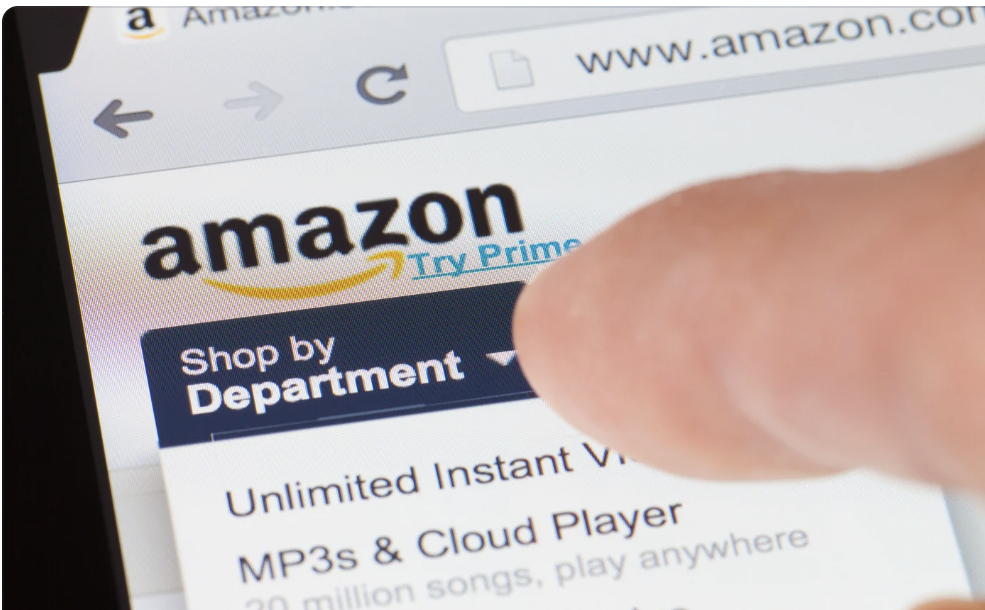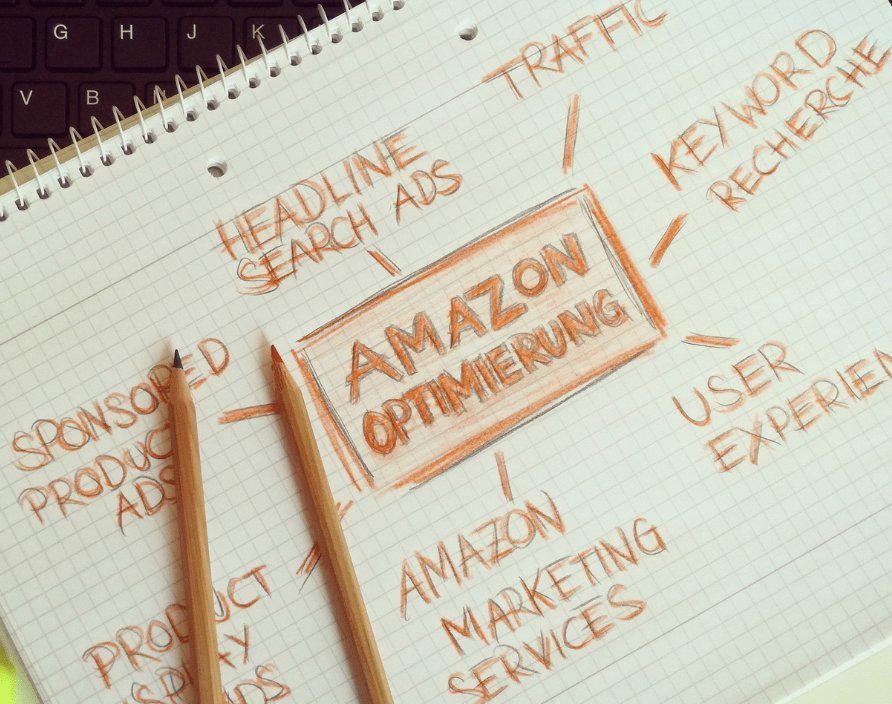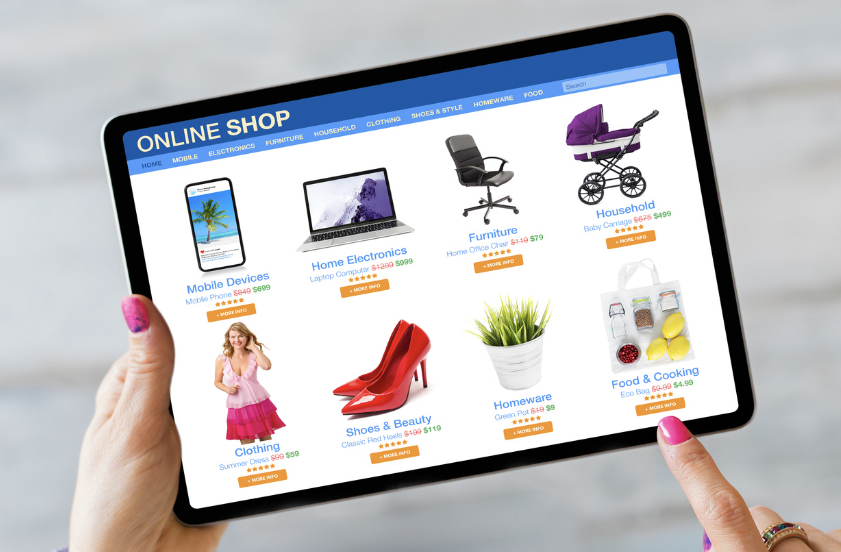Is your product new or struggling to get to the top of Amazon’s search engine results page? An Amazon PPC strategy can take you there.
Amazon pay-per-click (PPC) ads allow vendors, sellers, authors, and even merchandisers to help buy extra visibility on their products on Amazon’s site. This not only boosts visibility and increases sales, but also contributes to a better rank organically.
That said, while Amazon PPC is a powerful tool for driving traffic to your site, it can also be a huge drain on your budget.
Here are some conversion-boosting advertising strategies to ensure you’re getting the best bang for your buck when running ads on Amazon!

First, how does Amazon PPC work?
Amazon PPC works like any other search engine. When someone searches for something using Google, they enter keywords into the search bar. These keywords are then matched against all the websites that use AdWords.
If one website has been optimized well, it will show up at the top of the results page. This means that when someone clicks on the link, they will be directed to that site. The advertiser pays only when someone clicks through to their website.
Amazon PPC allows advertisers to bid for keywords related to their product or service, which helps them appear higher up in search results.
When an Amazon customer performs a search for a product, the sellers with the highest bids on relevant keywords win the auction. Then their product ads get listed in their chosen placement.
Advertisers also have the option to target specific geographic locations, such as cities or states. The advertiser pays only when someone clicks through from the search result page to the merchant’s website. Advertisers only pay the bid price if their Amazon ad gets clicked– hence, “pay-per-click.”
How does Amazon PPC compare to Google Ads/Google Adwords?
Amazon borrows many elements from AdWords such as keyword match types (like broad, exact, and phrase), as well as negative keywords. Their ad auction system, however, have different goals
Amazon wants to present customers with ads they’re most likely to buy, while Google wants to present searchers with ads they’re most likely to click.
In addition, Amazon bases ad rank on a variety of factors, like Conversion Rate, Revenue Per Click, and Star Rating. Google bases ad rank on what they call their “Quality Score.”
Overall, Amazon product ads are more effective than Facebook Ads or Google Ads for one simple fact: they are only shown to people who are already shopping on Amazon.
What types of ads are available through Amazon PPC?
There are three types: Sponsored Brands Ads, Sponsored Display Ads, and Sponsored Product Ads.
Also known as “headline search ads,” Sponsored Brand ads are displayed to the left or below search results. There are several formats available, including video, and they are ideal for top-of-funnel strategies.
Amazon Sponsored Display Ads appear on product detail pages, customer review pages, and top of offer listing pages. The goal of these is to re-target shoppers who have looked at your product pages, your competitor’s product pages, or used relevant search terms.
Sponsored Product Ads appear in several locations: within search results, on the right side of search results, on the bottom of search results, and on product detail pages. It’s the most popular option on Amazon PPC!
Amazon also offers two campaign options: manual and automated. With automated campaigns, you assign a daily budget, set the maximum spend per click, add any relevant negative keywords, and leave the rest up to Amazon’s algorithm. It’s a fast and easy way to get started, but with zero control over any nuances. Manual campaigns are far more labor intensive, but there’s greater control over targeting, budgeting, keywords, and optimization.

Now that we’ve reviewed the basics of Amazon advertising, here’s how to create an effective PPC strategy:
Identify your goals, and keep that goal in mind.
Before you launch an Amazon PPC strategy, be sure to study consumer behavior and competitor products and determine your goals.
For example, if you want quick sales, you could bid very competitively on keywords, without much regard for your profit margin.
But your long-term goal should be a strong profit margin, which is why it’s important to calculate your ACoS, or Advertising Cost of Sales.
To calculate ACoS, divide the cost of the ad by the number of sales and multiply by 100. If your ACoS is less than your profit margin, that’s an effective PPC campaign!
Use both manual and automatic campaigns.
While manual campaigns are more cost-effective, automatic campaigns are useful for keyword research, so a smart strategy is to run both!
You can then transfer high-performing keywords from your automatic campaigns to your manual campaigns.
Use keywords to target audience.
Your Amazon PPC ad must appear in front of the right audience to be effective, and that’s why keyword research is so critical to boosting conversion. Low-performing keywords only waste your budget!
Google AdWords’ Keyword Planner is a great resource to determine the best keywords and phrases. Once they’ve been identified, write your ad copy around them!
Add negative keywords every month.
Avoid spending your budget on irrelevant search terms! Here’s an example of why negative matches matters: let’s say that you sell porcelain dishware on Amazon. You don’t want to show up in front of users who are looking for ‘paper plates.’ So you block that keyword as a negative exact match.
Bid on long-tail keywords.
Ideal for new sellers and product launches in competitive markets, long-tail search phrases have less bidding competition in Amazon PPC. That means a lower cost-per-click! While impressions might be less, the additional sales and better conversion rate will improve your product’s organic ranking.
Keep your copy conversational.
Tone is everything when it comes to successful ads. Rather than the robotic-sounding “Buy Men’s Shoes” in your ad, try “Men’s shoes? Check out my selection!”
Frequently track and measure results.
There’s no such thing as ‘set it and forget it’ when it comes to increasing conversions. It’s vital to regularly track your rate of conversion, along with the number of clicks, impressions, and cost per conversion.
Taking the time to master the right analytical tools is key to refining your Amazon PPC strategy and making the best choices.

If you’re new to Amazon PPC, start small and test different campaigns until you find one that works well for your business!
Need some additional help with Amazon PPC management? Click here to reach out to our experts!
Related Posts
- How To Build An Effective PPC Landing Page
- eCommerce Automation- Leveraging it to Reclaim Your Time
- Paid Media Advertising: The Ultimate Guide For 2022
- PPC Outsourcing The Right Way: Benefits & Best Practices
- How to Choose the Right PPC Agency
- You Can’t Overlook These 5 Landing Page Best Practices
- How to Prevent Your Website from Being Held Hostage
- Stop Decorating and Start Designing
- Do You Need to Redevelop Your Website?
- How to Build a Successful Web Project



